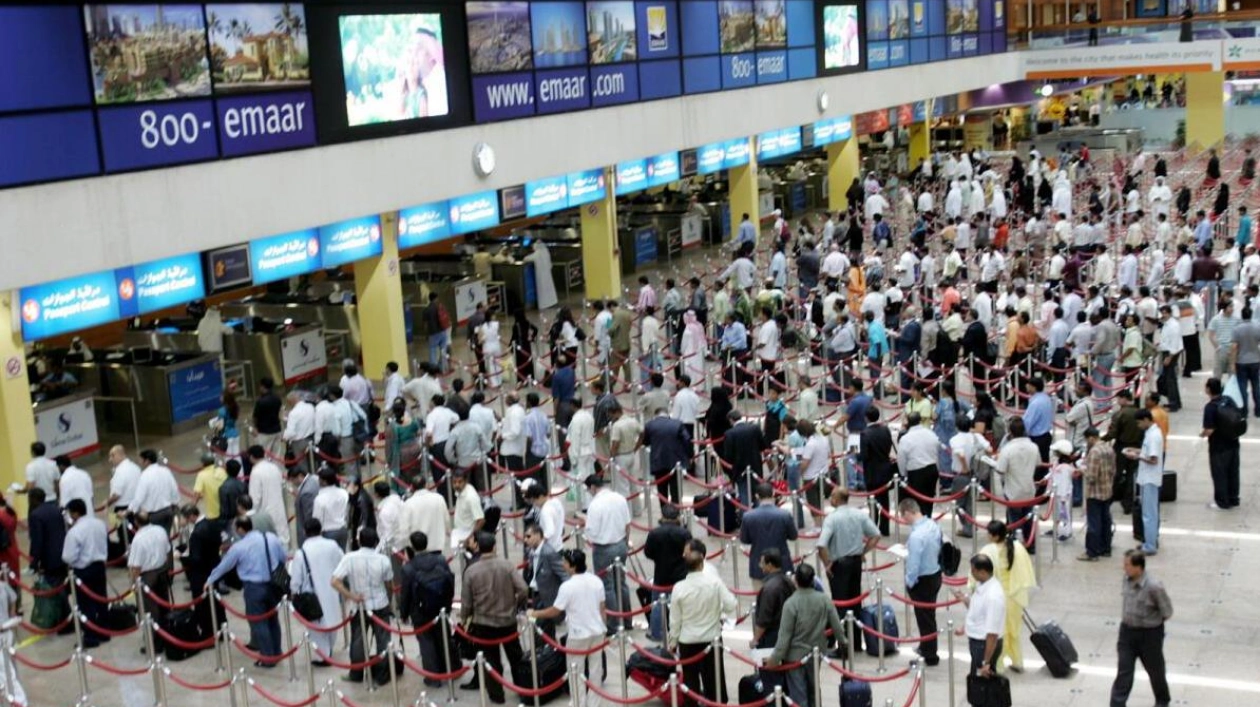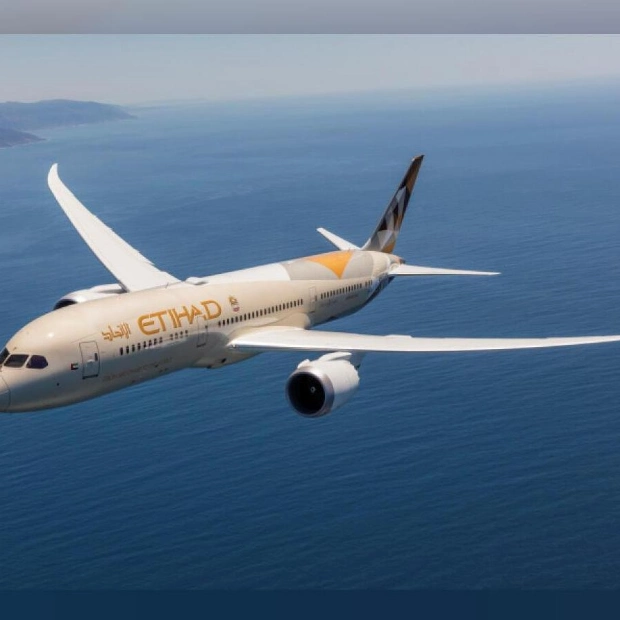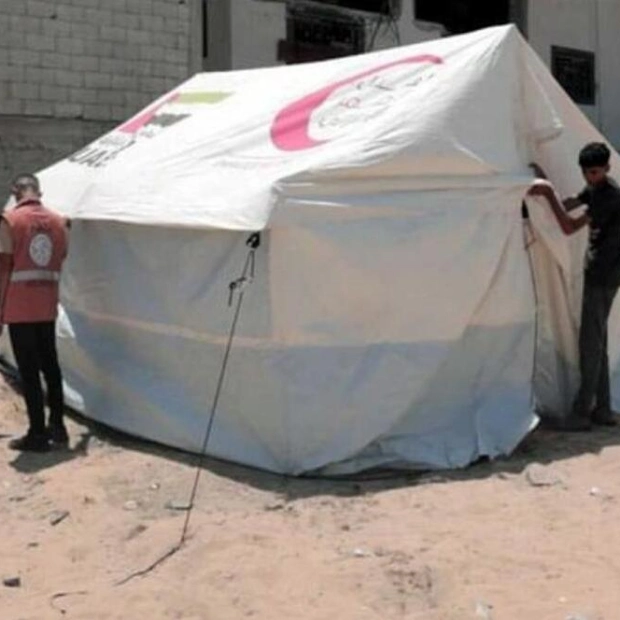Airfares for inbound flights to the UAE nearly double as the school year approaches, drawing expats and nationals back to the country following extended summer holidays. Typically, mid-August marks the return of numerous UAE families from their holidays and visits to their home countries, resulting in heightened demand and a sharp increase in airfares. With most UAE schools slated to resume classes around August 26, families typically schedule their arrivals a few days earlier. Dubai-based travel agents report a rise in inbound airfares across various Middle Eastern, Asian, and European destinations due to surging demand. Notably, airfares on routes to the Indian subcontinent have seen a significant increase, reflecting the fact that South Asian nationals comprise over half of the UAE's population.
Data indicates that airfares on Indian routes increase by more than 50 percent during the back-to-school period, particularly from Mumbai and Kerala. Travel agents have verified that airfares on certain routes nearly double during this high season. The high costs of flights from India to the UAE have also been spotlighted in the Indian parliament. There have been ongoing calls from residents and travel agents to increase seating capacity between the UAE and India to address the escalating demand.
Rashida Zahid, vice-president of operations at Musafir.com, attributes the spike in inbound airfares to the UAE ahead of the August school openings to the return of expatriate families. "As families gear up for the new academic year, flight demand soars. The heightened demand coupled with limited flight availability during peak travel times inevitably leads to higher ticket prices. Airlines often adjust fares to meet increased demand, resulting in substantial price increases. Furthermore, the alignment of school holidays in various countries with the UAE's academic calendar exacerbates the travel surge," she explained.
Zahid also noted that while airfares generally rise during peak travel periods across various regions, the Indian subcontinent experiences the most significant price hikes, with fares nearly doubling due to the large influx of returning expatriates. "In contrast, Europe and the Middle East see more moderate fare increases, as many travelers choose round trips and can adjust their travel dates to avoid peak periods," she added.
TP Sudheesh, general manager of Deira Travel and Tourist Agency, highlighted that the period from August 15 to early September traditionally marks the peak of peak seasons for inbound travel to the UAE, coinciding with the end of the summer travel season. "There is a significant imbalance between supply and demand during this season, leading to higher airfares. Not all carriers can meet the demand. This is also the longest travel season; for instance, the Eid holiday rush lasts only 3-4 days, while Christmas travel peaks for a week. However, this inbound travel season extends for weeks," he stated.
Sudheesh further mentioned that India, Pakistan, and Sri Lanka are the primary routes with very high demand for air travel. "Similarly, there is substantial demand for incoming flights on African routes at the end of August," he added.
Sudheesh anticipates that inbound airfares will not drop immediately but will decline gradually over a week or so. "Many UAE and Arab families travel to Europe where they stay for an extended period. They will also be returning to the UAE later this month, hence, a similar trend is observed in this sector as well," he noted.
Rashida Zahid expects inbound UAE airfares to gradually decrease after the initial August peak. "Travelers can look forward to a significant drop in prices from the first week of September onwards, as the back-to-school rush eases and demand stabilizes," she concluded.






